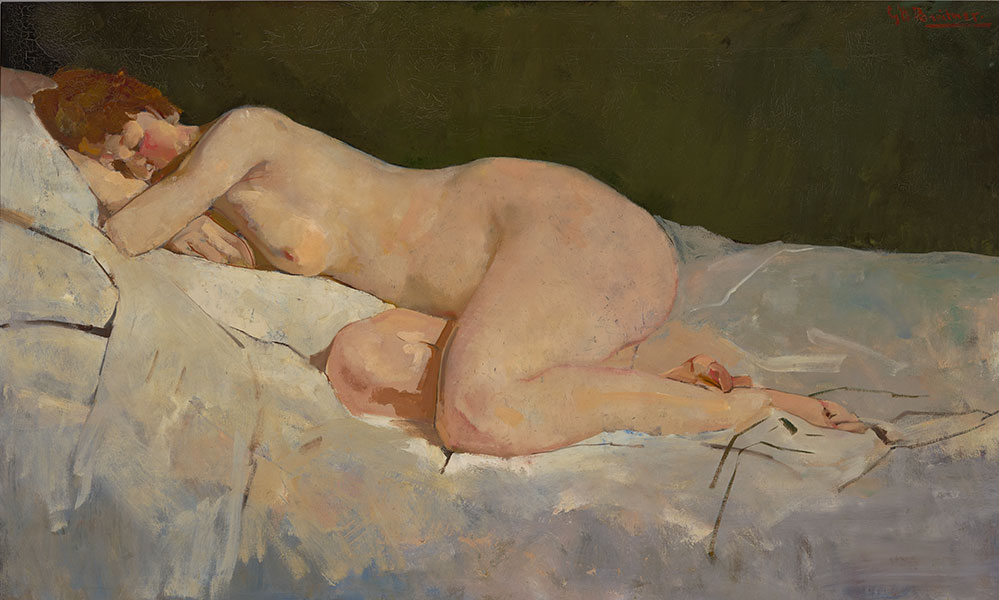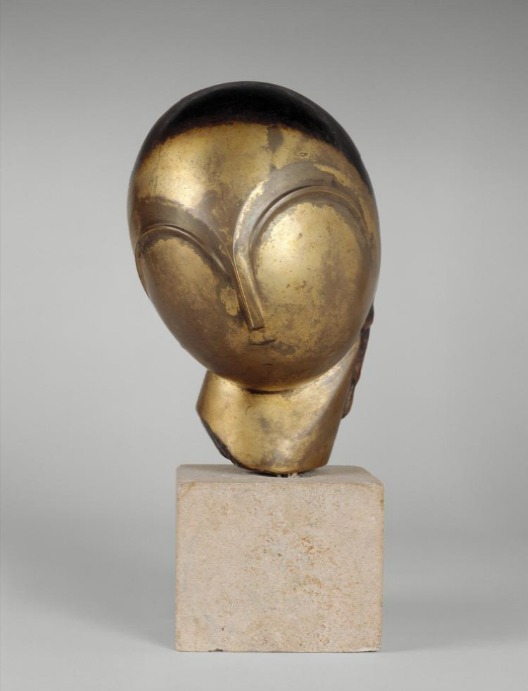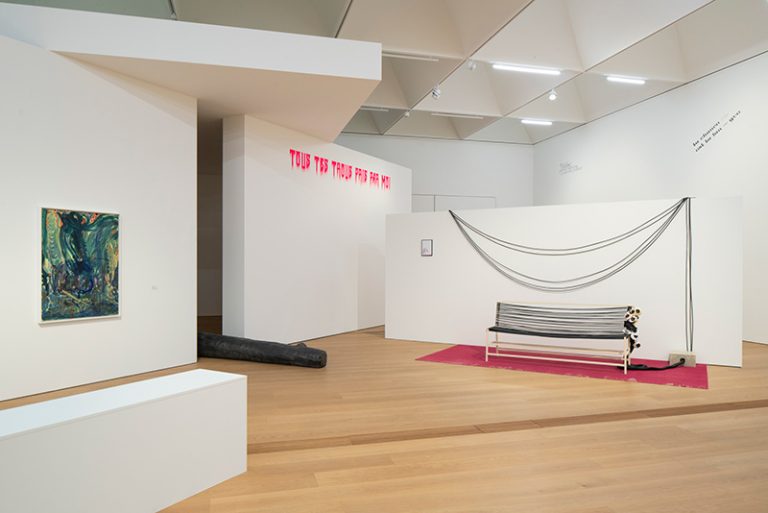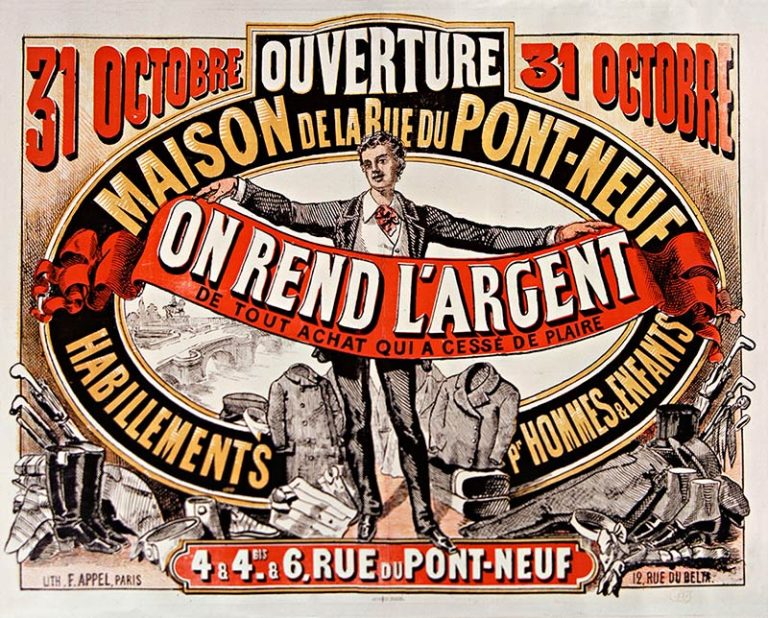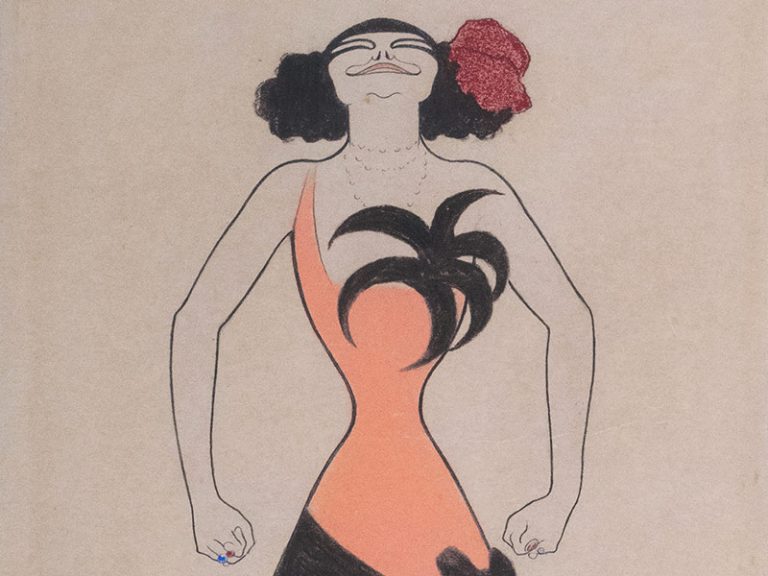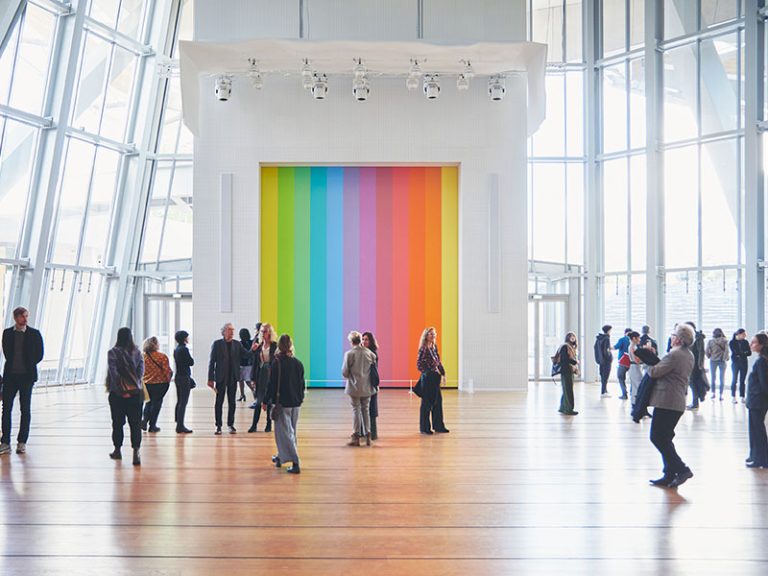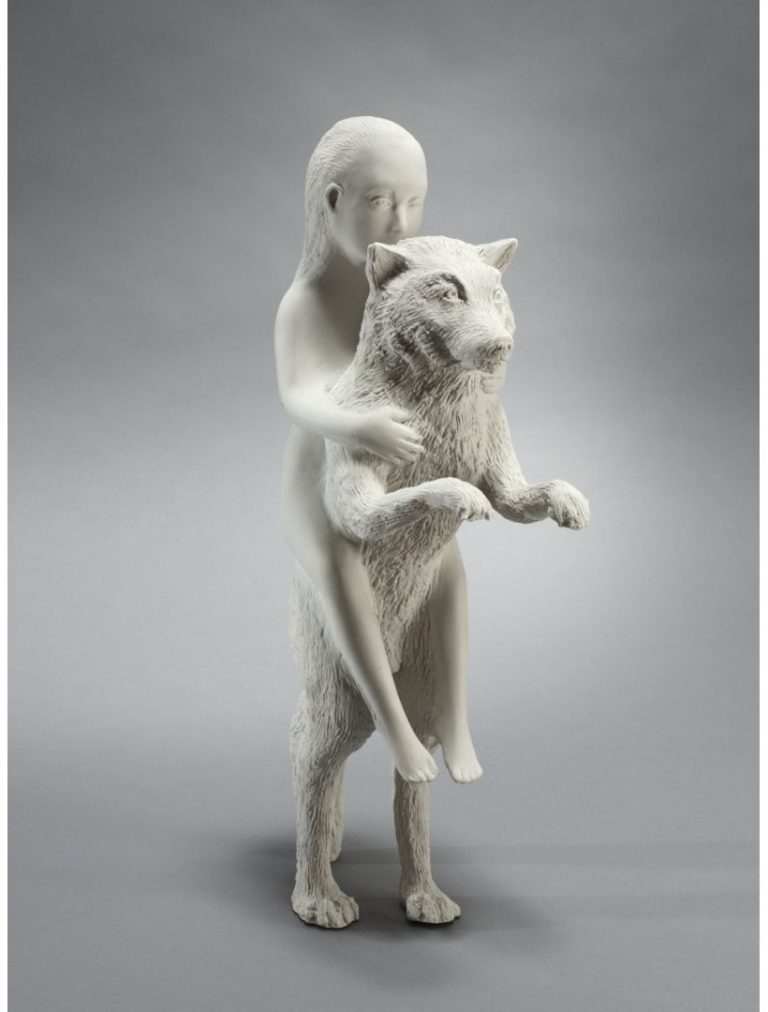The Netherlands. He is the Dutch impressionist, famous for his views of Amsterdam, his horses, his women in kimonos and his photographs. But, in France, we do not know George Hendrik Breitner (1857-1923). However, the Musée d’Orsay has two paintings by him including the beautiful Moonlight (between 1887 and 1889). And the Fondation Custodia, in Paris, acquired in 2011 a small oil on panel, Young woman in black stockings (around 1889-1890), “ the most beautiful painting in the exhibition »says Jan Rudolph de Lorm, the director of the Singer Laren. Almost abstract, it occupies the centre of the room devoted to nudes. Breitner’s only student, Kees Maks, recounted that his master showed him this work and said: “This is how you should paint!”
Suzanne Veldink, the exhibition curator, has made eleven nudes the focus of the exhibition. Painted between 1886 and 1893, they were not all exhibited and the critics, who were very conservative, were appalled by those they were able to see. A watercolor, Naked woman sitting (circa 1892), depicts a prostitute wearing only her black stockings. The same palette – sienna, grey and black – is used in broad brushstrokes to suggest rather than show the body of the Half-naked woman (around 1892). She poses frontally and her shadow cast on the wall seems to want to devour her face where the eyes are two black holes. Three other paintings presented together, Naked (around 1888-1889) Anne. Nude study And Nude study (both dated October 1886-October 1888), juxtapose browns and earths with vibrant red, green and yellow. The legs are modeled in broad brushstrokes, the feet are misshapen, the faces cast in shadow. Anne. Reclining Nude (around 1888-1889) and Marie. Lying Nude (circa 1889-1890) show young women sleeping face down on white sheets, in childish positions. There is nothing provocative in these nudes, no voyeurism but pure painting.
Several stays in Paris
In 1884, Breitner spent a few months in Paris. A friend of Vincent van Gogh since 1882, he met his brother, the art dealer Theo van Gogh. Through him, he was able to discover Impressionism, which he had previously only known about through the – negative – reviews published by Dutch journalists. In the galleries, he saw works by Édouard Manet, who had died in 1883. Shortly before his arrival in Paris, the École des Beaux-Arts had presented an exhibition of the painter, whose work Olympia (1863) and Racing at Longchamp (1866) which undoubtedly inspired the definitive form of Cavalrycompleted by Breitner in 1888. In 1884, he may have met Edgar Degas. In any case, during his next trip, in 1889, he certainly had in his hands the lithographs of works by Degas by Georges William Thornley. Because Breitner returned to Paris that year to attend the Universal Exhibition. There he admired many Manets at the Centennial Exhibition. It was also from Manet that the freedom of touch that would characterize the Dutchman later and which is already evidenced by Still life of flowers (around 1883-1884). In 1884, Breitner had visited the Salon where two portraits of James Whistler were shown. He was probably intrigued by the American artist so closely linked to French art and whom he may have met during his stay in Amsterdam in 1888. The earring (1895) pays homage to him, as do the famous portraits of Anna and Meisje in kimono (1894).
The exhibition shows what Breitner owes to his stays in Paris. An excellent draftsman, he came there to learn to paint and he acquired freedom by forgetting drawing. Draft horses in Montmartre (1884-1885) already presents the style close to the sketch that Dutch critics will reproach him for. In On board (1897), he shows three women in black and white that one would think came out of a Manet. His views of Amsterdam at night, in the fog or under a fine rain, where one can barely distinguish the passers-by and the horse-drawn carriages, evoke Whistler’s nocturnes. It is also thought that Nocturne in black and gold: the rocket that falls back (1875) was exhibited in 1883 at the Georges Petit gallery in Paris and Breitner must have heard of it the following year. There are many of Degas’ pastels in his nudes and he continued to be interested in French art: many of his scenes in which almost faceless figures pass each other without seeing each other in the street recall the Bonnard of the 1890s. From these powerful influences, the Dutchman drew his own style, his modernity.

